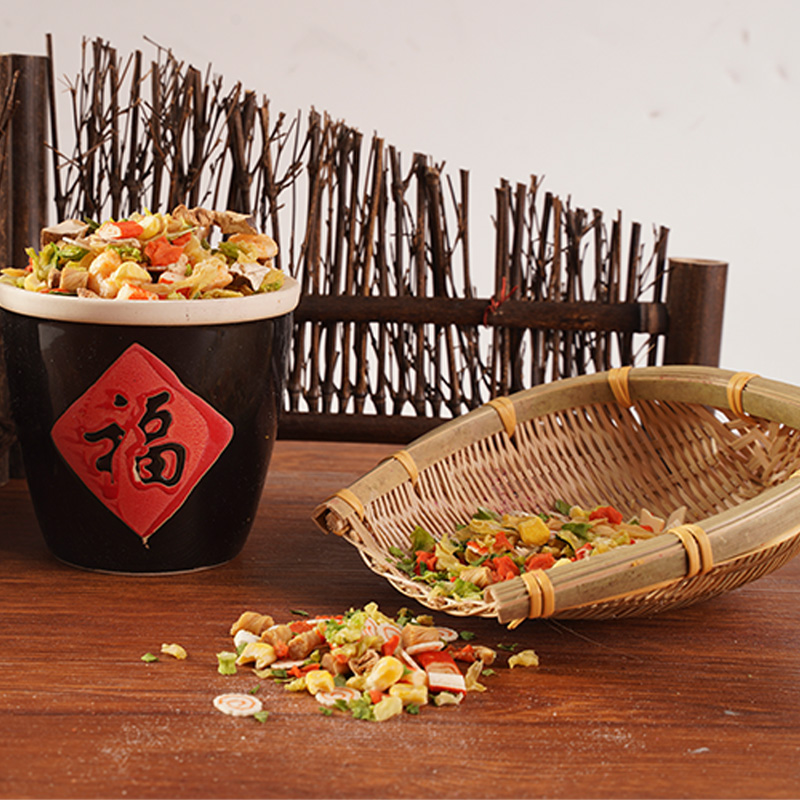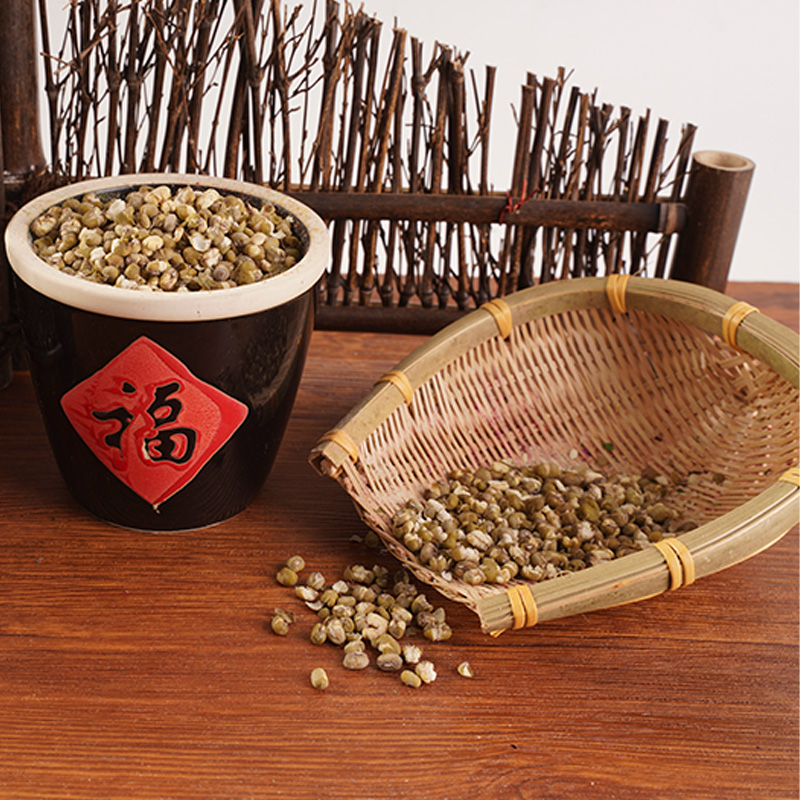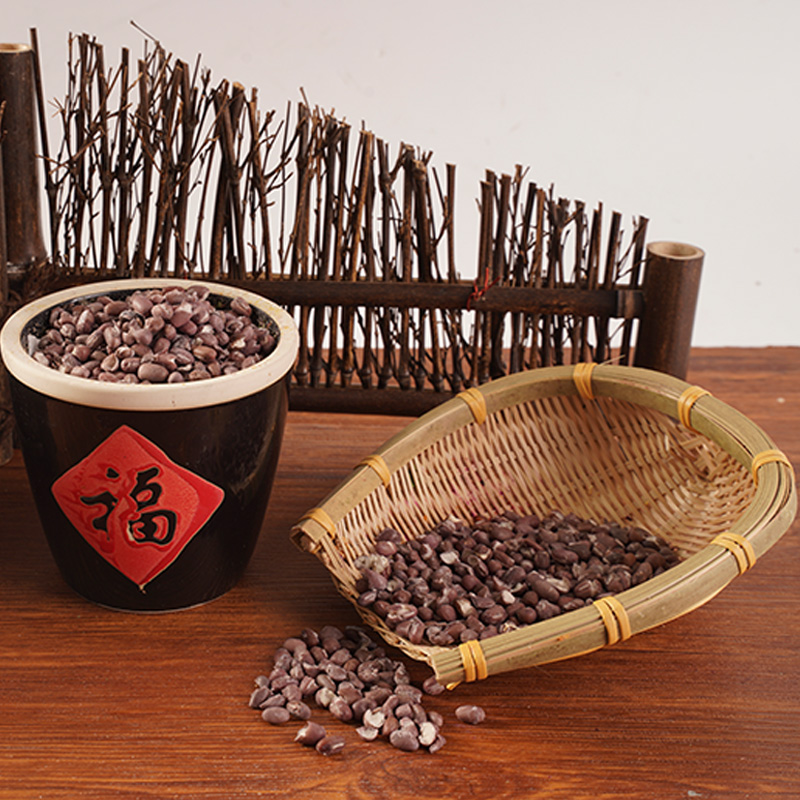How Much Room Do Dehydrated Vegetables Actually Free Up?
Food preservation methods have evolved to meet diverse needs, from backpacking to pantry optimization. Among these, vegetable dehydration stands out for its space-saving potential. But exactly how much storage space can this method free up?
The Volume Reduction: By the Numbers
Dehydration removes 80–95% of a vegetable’s water content, drastically reducing its size and weight. For example:
- Carrots: 10 lbs (4.5 kg) of fresh carrots shrink to roughly 1 lb (0.45 kg) when dehydrated, occupying 90% less space.
- Spinach: Fresh spinach reduces to 1/10th of its original volume after dehydration.
- Tomatoes: 5 lbs (2.3 kg) of fresh tomatoes condense to about 0.5 lbs (0.23 kg) as dehydrated slices.
These reductions are most dramatic in high-water-content vegetables (e.g., zucchini, bell peppers). Root vegetables like potatoes and carrots also see significant shrinkage but retain more mass due to their starch content.
Dehydrated vs. Fresh, Frozen, and Canned
To contextualize space efficiency:
- Fresh Vegetables: Require refrigeration or cool, humid storage, occupying consistent space until spoilage.
- Frozen Vegetables: Retain near-original volume and need freezer space, which is energy-dependent.
- Canned Vegetables: Shelf-stable but bulky due to added liquid and metal/glass packaging.
Dehydrated vegetables, by contrast, eliminate water weight and can be stored in lightweight, airtight containers. A single quart-sized jar can hold the equivalent of 5–10 lbs of fresh produce, making them ideal for compact kitchens, emergency kits, or backpacks.
The Science Behind the Shrinkage
Water constitutes 70–95% of fresh vegetables’ weight. Dehydration uses heat and airflow to evaporate moisture, collapsing cellular structures and concentrating nutrients. This process not only reduces volume but also inhibits microbial growth, extending shelf life to 1–2 years (or more when vacuum-sealed).
However, nutrient retention varies:
- Heat-sensitive vitamins (e.g., vitamin C) degrade during dehydration.
- Fiber and minerals remain largely intact.
- Rehydration partially restores texture but not cellular integrity.
Practical Applications for Space Optimization
- Emergency Preparedness: Stockpile nutrient-dense vegetables without dedicating excessive pantry space.
- Small Kitchens: Replace bulky fresh produce with jars of dehydrated alternatives for soups, stews, and stir-fries.
- Outdoor Adventures: Carry lightweight, calorie-efficient meals for multi-day hikes.
Pro Tip: For maximum space savings, vacuum-seal dehydrated vegetables in portion-sized bags and store them in stackable containers.
Limitations to Consider
- Preparation Time: Dehydration requires 4–12 hours, depending on the vegetable and equipment.
- Texture Changes: Rehydrated vegetables lack the crispness of fresh ones, limiting their use in raw applications.
- Nutrient Trade-offs: While calories and minerals are preserved, some vitamins are lost.
Dehydrated vegetables can free up 70–95% of the space required for fresh equivalents, offering a viable solution for space-constrained scenarios. Their long shelf life and lightweight nature make them a versatile addition to pantries, bug-out bags, and camping gear. However, their suitability depends on your priorities: if compact storage and portability outweigh the need for fresh texture or certain vitamins, dehydration is a compelling option.
News Category
- Company News(1)
- Industry News(68)



 English
English русский
русский 日本語
日本語 한국어
한국어 中文简体
中文简体












